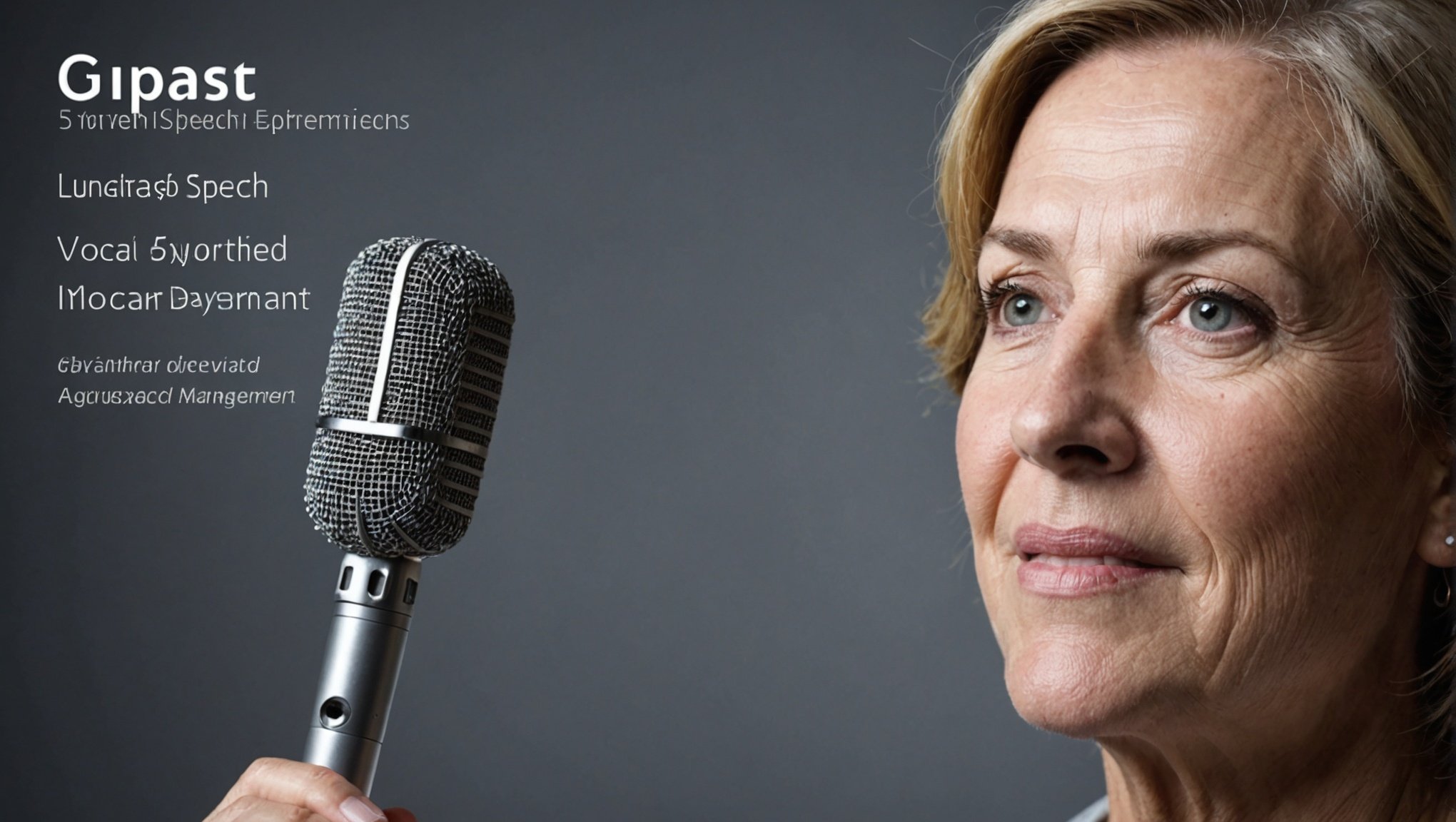Dysarthria affects clear communication and can deeply impact daily life. Targeted vocal exercises offer a promising pathway toward improving speech quality. These exercises strengthen the muscles involved in speech, enhance breath control, and boost confidence in social interactions. By understanding the connection between specific vocal techniques and dysarthria management, individuals can regain clarity and express themselves more effectively. Explore how these practices can empower users to unlock their voice and facilitate meaningful conversations.
Overview of Dysarthria
Dysarthria is a motor speech disorder characterised by difficulties in articulating words due to muscle weakness. It can manifest in various forms, each with distinct features. These types include spastic, flaccid, ataxic, hypokinetic, hyperkinetic, and mixed dysarthrias, each linked to different neurological conditions.
This might interest you : Exploring the Impact of High-Intensity Interval Training on Managing Multiple Sclerosis Symptoms
Individuals with dysarthria often experience a range of symptoms that impact communication. These may include slurred speech, slow or rapid speech rate, abnormal rhythm, and changes in voice quality. Such challenges can significantly affect daily interactions and lead to social isolation.
Understanding the causes of dysarthria is crucial for effective management. The disorder can result from several causes or contributing factors, such as stroke, traumatic brain injury, or neurological diseases like Parkinson’s or multiple sclerosis. Congenital conditions, such as cerebral palsy, can also lead to dysarthria. Identifying the underlying cause is essential for tailoring appropriate therapeutic interventions.
Additional reading : Transforming Workspaces: The Impact of Ergonomic Design on Reducing Repetitive Strain Injuries
In summary, dysarthria is a complex speech disorder with diverse symptoms and causes. Addressing these challenges requires a multidisciplinary approach to improve communication and quality of life for those affected.
Targeted Vocal Exercises for Dysarthria
Vocal exercises play a critical role in managing dysarthria, offering targeted interventions to improve speech clarity. These exercises are often integrated into speech therapy sessions to address specific challenges faced by individuals.
Description of Various Vocal Exercises
- Articulation Drills: Focus on precise pronunciation of sounds, helping to strengthen the muscles involved in speech.
- Breath Control Techniques: Include diaphragmatic breathing exercises to improve breath support, essential for clear and sustained speech.
- Pacing Strategies: Encourage a controlled speech rate, reducing slurring and enhancing intelligibility.
Importance of Individualized Exercise Plans
Each person with dysarthria presents unique symptoms, necessitating a tailored approach to vocal exercises. A speech therapist assesses the individual's needs and designs a personalised plan, ensuring exercises are relevant and effective. This customization maximises the benefits of therapy, addressing specific areas of difficulty.
Techniques to Enhance Breath Control and Articulation
- Breath Support Exercises: Strengthen respiratory muscles, crucial for maintaining vocal intensity and stability.
- Lip and Tongue Exercises: Improve flexibility and coordination, essential for clearer speech production.
By focusing on these targeted interventions, individuals can experience significant improvements in speech clarity, enhancing their ability to communicate effectively.
Benefits of Vocal Exercises in Dysarthria Management
Vocal exercises offer numerous benefits for individuals managing dysarthria, significantly enhancing speech improvement and overall quality of life. Scientific research underscores the effectiveness of these exercises, demonstrating measurable progress in speech clarity and muscle coordination. By targeting specific speech challenges, exercises help strengthen the muscles responsible for articulation and control, leading to clearer communication.
Case studies further illustrate the success of these interventions. Individuals who consistently engage in targeted vocal exercises often report noticeable improvements in their speech. These cases highlight how personalised exercise plans can address unique speech difficulties, promoting better outcomes and increased confidence in daily interactions.
Beyond physical improvements, the psychological and social benefits of enhanced speech clarity are profound. Improved communication skills can help reduce feelings of frustration and isolation, fostering a greater sense of connection with others. This, in turn, contributes to a more positive self-image and a higher quality of life. By empowering individuals to express themselves more effectively, vocal exercises play a crucial role in the holistic management of dysarthria, offering a pathway to improved social engagement and emotional well-being.
Role of Professional Guidance
Professional guidance is vital in managing dysarthria, with speech therapists playing a crucial role in exercise selection and progress tracking. Consulting with a speech therapist ensures that exercises are tailored to address individual needs, maximising effectiveness. These professionals assess speech patterns and muscle function, selecting exercises that target specific challenges such as articulation or breath control.
Progress tracking is an essential component of therapy, allowing for adjustments based on the individual's development. Speech therapists employ various strategies to monitor progress, including regular assessments and feedback sessions. This systematic approach ensures exercises remain relevant and effective, promoting continuous improvement in speech clarity.
A collaborative approach between therapists and caregivers enhances the management of dysarthria. Caregivers can be involved in reinforcing exercises at home, providing additional support and encouragement. This partnership fosters a supportive environment, crucial for sustained progress.
By leveraging the expertise of speech therapists and involving caregivers, individuals with dysarthria can experience significant improvements in communication. This comprehensive support system not only addresses the physical aspects of speech but also contributes to emotional well-being, offering a more holistic approach to dysarthria management.
Practical Tips for Implementing Vocal Exercises
Incorporating vocal exercises into daily life is crucial for effective implementation and progress. Establishing consistent practice routines can significantly enhance the benefits of these exercises. Here are some practical tips to guide you.
Creating a structured daily routine is paramount. Allocate specific times each day for home exercises to ensure regular practice. Consistency is key, as it helps reinforce muscle memory and improve speech clarity over time. Consider setting reminders or alarms to establish a habitual practice schedule.
A supportive environment can make a substantial difference. Choose a quiet, comfortable space free from distractions to focus solely on your exercises. This setting encourages concentration and maximises the effectiveness of practice routines. Enlist family members or caregivers to provide encouragement and feedback, fostering a positive atmosphere.
Utilise available resources and tools to aid self-guided exercises. Various apps and online platforms offer guided sessions, allowing for flexible and convenient practice. Speech therapy tools like mirrors or recording devices can also be beneficial, enabling you to monitor progress and make necessary adjustments.
By integrating these tips, individuals can enhance their practice routines, leading to more effective implementation of vocal exercises and improved communication skills.











